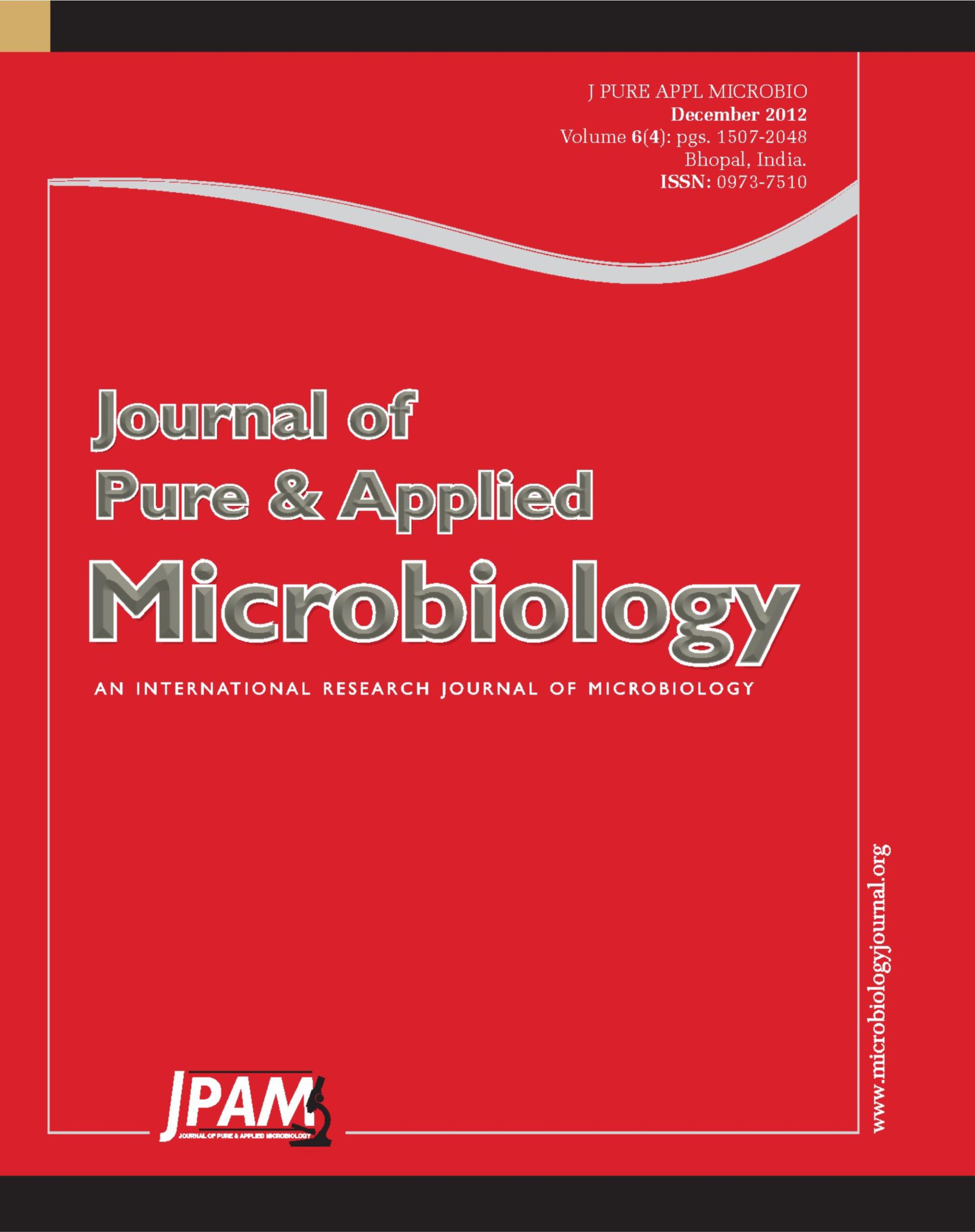The field of nanotechnology is observing a remarkable progress over the past few years. Nanomaterials are of interest because they have novel properties and functions attributable to their small size and which may provide solutions to technological and environmental challenges in the areas of solar energy conversion, catalysis, medicine, and water treatment. A number of synthesis techniques have been developed including chemical reduction of silver ions in the aqueous solutions, thermal decomposition, and chemical and photo reduction. Chemical reduction is the most frequently applied method for the preparation of silver nanoparticles (AgNPs). Most of these methods are extremely expensive and they also involve the use of toxic, hazardous chemicals which may pose potential environmental and biological risks. Various chemical and physical methods are used for the synthesis of silver nanoparticles but biological methods using micro-organisms have several advantages. Extracellular synthesis could be achieved which is beneficial over intracellular synthesis. One major advantage of having prokaryotes as nanoparticle synthesizers is that they can be easily modified using genetic engineering techniques for the over expression of specific enzymes and also are easy to handle. Thus, the aim of the present study was to synthesize silver nanoparticles biologically from silver resistant species of Pseudomonas aeruginoas isolated from rhizosphere flora of the cactus plant. The isolate was identified, studied for its silver resistance and ability to synthesize AgNPs extracellularly. The production parameters were optimised for maximum yield.
Nanoparticles, Biological synthesis, Silver resistant, Bacterial synthesis
© The Author(s) 2012. Open Access. This article is distributed under the terms of the Creative Commons Attribution 4.0 International License which permits unrestricted use, sharing, distribution, and reproduction in any medium, provided you give appropriate credit to the original author(s) and the source, provide a link to the Creative Commons license, and indicate if changes were made.


